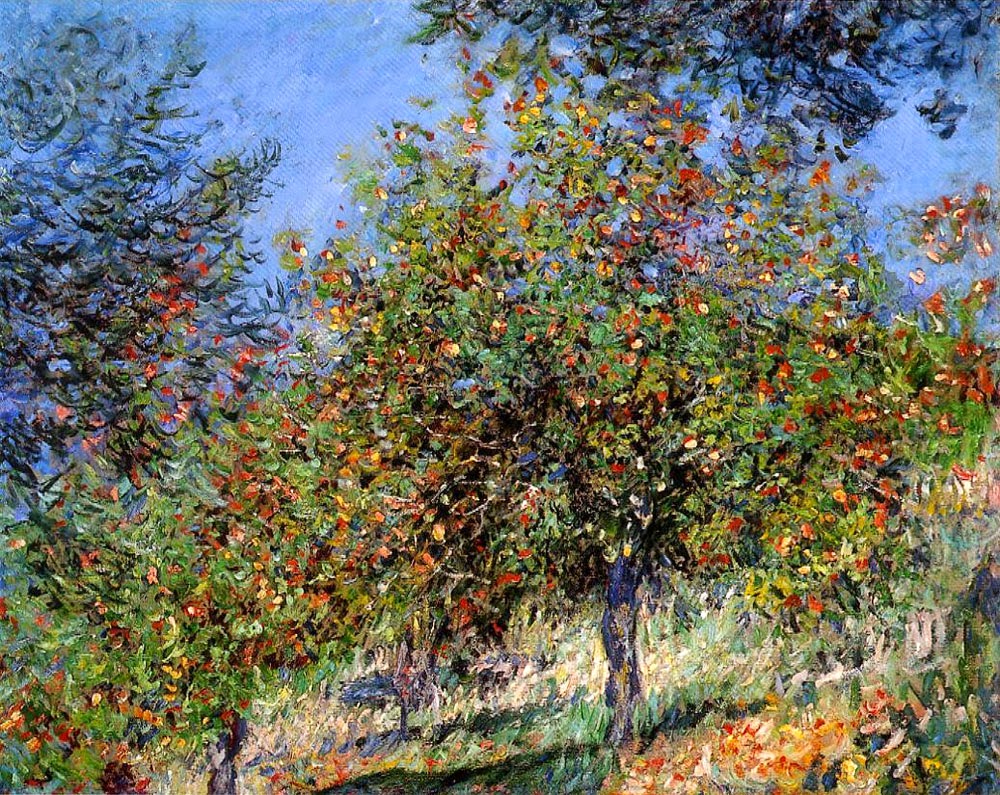Millions of generations of trees have
disintegrated into the forest floor. The forest neither mourns nor
remembers a single twig.
And you can bet that no lightning bolt ever hesitated over the beauty of a tree. No termite ever knew a moment's remorse. Nope, trees are destined for fertilizer and nothing more.
And you can bet that no lightning bolt ever hesitated over the beauty of a tree. No termite ever knew a moment's remorse. Nope, trees are destined for fertilizer and nothing more.
Yet recently (meaning over the past few thousand years) a select group of trees has been rescued from anonymity and given identity, as paper.
Through their role as paper, trees are able to achieve a discrete meaning. Sometimes they qualify for a handsome leather binding with the name of their meaning stamped in an elegant font. Sometimes they absorb a puddle of watercolor to make a stain of transcendent beauty. Paper might even be enshrined in libraries and museums where conservators and archivists rush to protect it against its old enemies from the forest: fire, insects and decay.
Still, paper shouldn't get too cocky. Conservators may do their best to keep paper immortal but in the end, the forest floor always triumphs (over both paper and conservators).
Trees in the forest don't count as art because they have no frame. (There's only one thing that all Art has in common: a frame that separates it from the perceiver. The frame may be metal or wood or it may be purely conceptual, but it is an essential perimeter that defines where the art ends and the rest of the world begins.)
Trees and Monet both process sunlight, but trees process it in ways Monet only wishes he could. Trees draw energy from sunshine through photosynthesis; their chlorophyll absorbs light from the red and blue portions of the spectrum but proudly reflects green for that lovely verdant canopy that the the sun illuminates like stain glass, and which Monet tries to replicate with his pigments. Trees also use some of the same chemicals from the earth that Monet employed to make his paints; the only difference is that Monet must spread his chemicals on a palette, while a tree sucks the chemicals up through its roots, into its veins like ichor. Artists remain stuck outside the frame of conscious perception, imitating nature with graven images while trees work their miracles.
 |
| Monet stuck outside the frame, looking in |
So which is the better fate, the paper or the tree? Which is the preferable side of the frame? Paper enjoys an identity and an extended life span, but our most optimistic notion of "permanence" is so fleeting, and our grandest concept of "significance" is so insubstantial, a tree might not be blamed for considering the path of paper to be a false path. Is it better to to participate in beauty as art on paper rather than as a tree in the forest? Paper with a momentary identity is still destined to rendezvous with anonymous trees on the forest floor. What does that brief moment of purpose and consciousness gain us, besides awareness that our moment will be brief?
As humans, we are stuck outside that frame of conscious perception until such day as we return to the great sea of indistinguishable carbon atoms. But we consult paper as a helpful vehicle for inching up to the edge to see what we can.


















